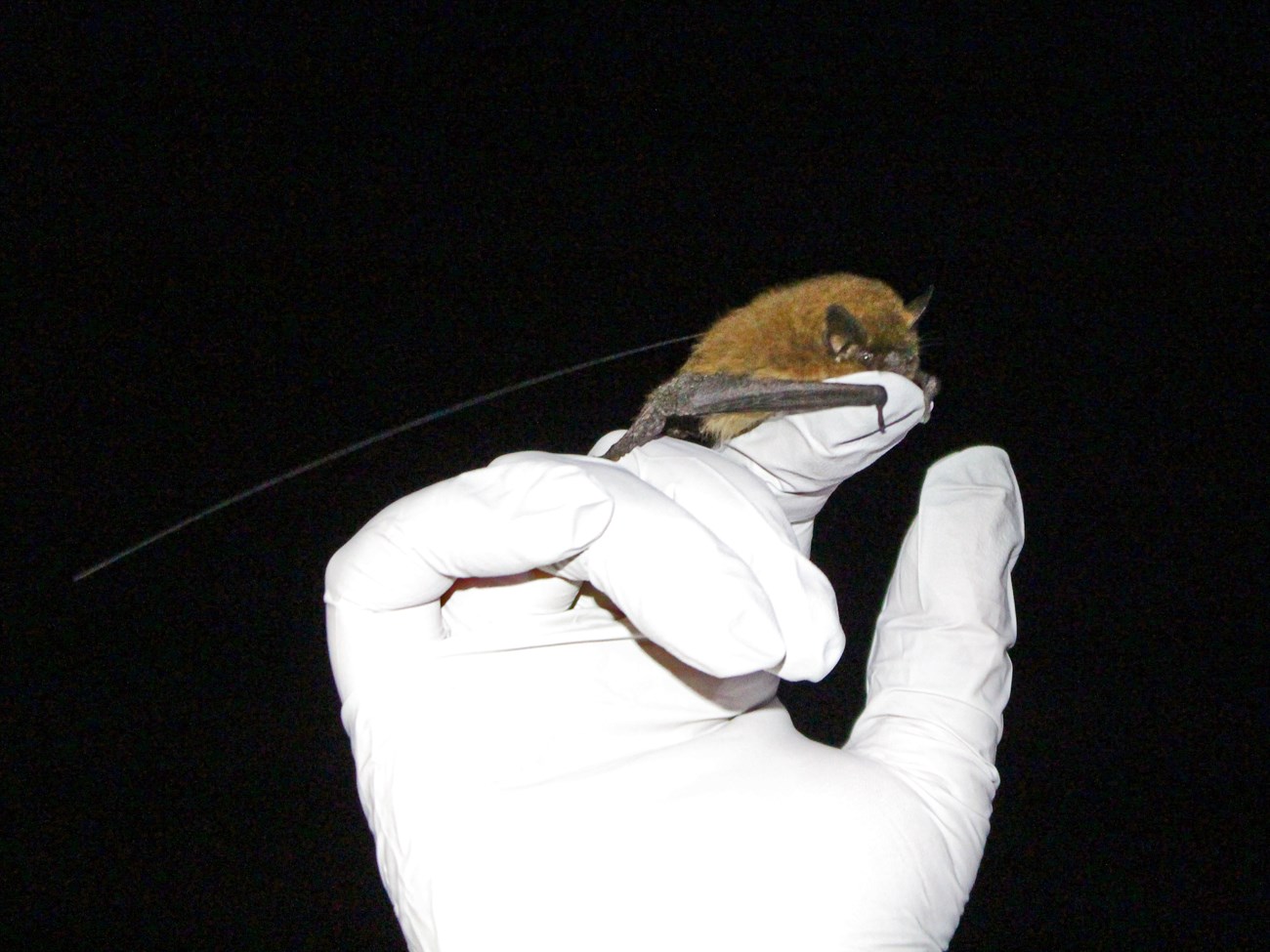Last updated: May 8, 2020
Article
USGS National Wildlife Health Center Bulletin Addresses Coronaviruses in Wildlife

Katie Smith / Golden Gate National Parks Conservancy
April 2020 - Some scientists are focused on understanding the origins and spread of SARS-CoV-2, the coronavirus behind the disease we know as COVID-19. Others are working non-stop to develop desperately needed COVID-19 treatments and vaccines. At the USGS National Wildlife Health Center (NWHC), wildlife scientists are doing their part to tackle a different set of coronavirus questions. For example, could North American wildlife become reservoirs of SARS-CoV-2? What species are most susceptible? What can we do to reduce the risk of spreading the virus to wildlife, and vice versa?
Coronaviruses exist in many mammals and birds all across the globe. For example, 21 harbor seals washed up on Point Reyes National Seashore beaches in 2000. Necropsies at the time revealed that they had pneumonia. A decade later, scientists discovered a previously unknown coronavirus in tissue samples from one of the seals. It belonged to the group of coronaviruses now known as Alphacoronaviruses. Alphacoronaviruses can be traced back to bats, and include viruses that can infect dogs, cats, and pigs. Some human cold viruses also come from this group.
SARS-CoV-2 belongs to another group of coronaviruses known as Betacoronaviruses. These also have origins in bats and are found in many species of mammals. SARS-CoV-2 may have originated in horseshoe bats native to Asia. But it and the other viruses in this group that have jumped to humans, like SARS and MERS, probably didn’t come straight from bats. They likely jumped to other mammals first, before evolving to the point of being able to infect people.
So far, scientists in the US have documented cases of SARS-CoV-2 transmission from humans to captive lions and tigers, and domestic cats and dogs. At this time, they have not found SARS-CoV-2 in bats or other wild animals. But they don’t know yet if, or to what extent, local wildlife could be susceptible. That's why NWHC scientists are teaming up with other agencies to find answers. NWHC describes its work in a recent Wildlife Health Bulletin which also includes interim guidance on how to protect people and wildlife from pathogens like SARS-CoV-2. For example, anyone handling wildlife, and especially bats, should: wear a face mask; use washable/disposable rubber gloves; and change clothes and shoes between sites to avoid spreading pathogens.
Still, risks and unknowns remain. The last thing native bats need right now is for people to accidentally bring them another disease. Many species are already struggling with, or could soon struggle with, white-nose syndrome, a devastating disease caused by an introduced fungus that is spreading rapidly across the country. As a result, San Francisco Bay Area National Parks and partners have canceled bat mist netting work for the rest of this year.
For more information
- USGS NWHC Wildlife Health Bulletin
- Bats and COVID-19 FAQ
- Nollens, H. H., Wellehan, J. F. X., Archer, L., Lowenstine, L. J., and Gulland, F. M. D. 2010. Detection of a respiratory coronavirus from tissues archived during a pneumonia epizootic in free-ranging Pacific harbor seals Phoca vitulina richardsii. Diseases of Aquatic Organisms 90(2): 113-120.
